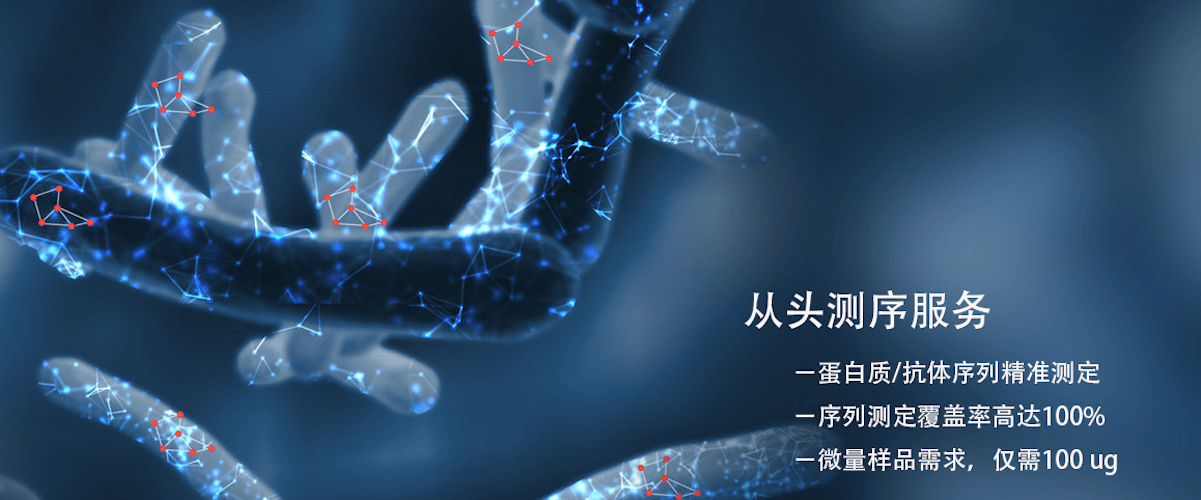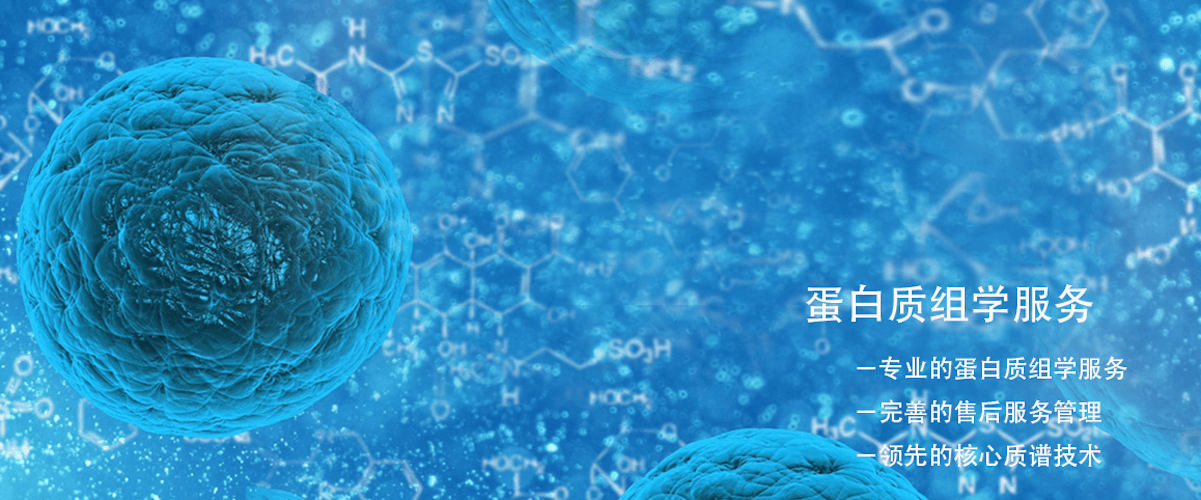Where can I see the different interaction modes between proteins in STRING?
In the STRING database, different modes of protein interactions can be viewed through the 'interaction network' view. Specifically, the STRING database provides various modes of protein interactions, including direct interactions, indirect interactions, and co-expression, among others.
To view these interaction modes, you can follow these steps:
1. Access the STRING Database
Visit the official website of the STRING database:https://string-db.org/
2. Create or Search for a Protein Network
Enter the name, gene name, or UniProt ID of the protein of interest in the search box, and then click search. If the protein is present in multiple species, you can select the species you are researching.
3. View Protein-Protein Interaction (PPI) Network
The search results page will display a protein interaction network diagram. Each protein is connected to others by lines, with different lines representing different types of interactions.
4. View Different Interaction Modes
1. In STRING, the types of protein interactions are divided into the following categories
(1) Experimentally validated interactions: These interactions have been verified through experimental methods such as co-immunoprecipitation, yeast two-hybrid, etc.
(2) Predicted interactions: These interactions are predicted through computational methods, possibly based on gene homology, co-expression, gene co-localization, etc.
(3) Data from databases and literature: Includes interaction data collected from other databases (such as IntAct, BioGRID, etc.) and literature sources.
(4) Co-expression/genome association: Some interactions are based on the analysis of gene expression data, where proteins may be co-expressed within the same biological process or pathway, suggesting interactions among them.
2. You can adjust the types of interactions through the filter on the top right corner of the graphical interface
(1) Interactome: Displays all predicted interactions.
(2) Experimentally validated: Only shows experimentally validated interactions.
(3) Databases: Interactions from different databases.
(4) Text mining: Data based on literature mining.
5. View Specific Interaction Modes
1. Click on network nodes: When you click on a protein node, you can view detailed information about the protein, including its interaction modes with other proteins (such as direct interactions, co-expression relationships, etc.). In the detailed information of the protein, you can view its functional annotations, possible modes of action, and the biological processes it participates in.
2. Network analysis options: In the network view, you can also explore different aspects of interactions through visualization options. You can choose which types of interactions to display (such as experimentally validated, predicted, etc.), and filter out specific types of proteins or interactions through network analysis options.
6. View Pathways and Functional Modules
1. Analyze pathways and biological processes: STRING generates a view containing information on relevant pathways and biological processes based on the input proteins. You can view the signaling pathways, metabolic pathways, etc., associated with these proteins. Through this information, you can further understand the modes of action of proteins, especially their functions and roles within the cell.
2. Functional Enrichment: You can also view the results of functional enrichment analysis involving proteins, which helps you understand the roles of these proteins in different biological processes, molecular functions, or cellular components.
7. Download and Further Analysis
1. Download Data: STRING provides the functionality to export network data and images. You can download the interaction data in various formats (such as TSV, CSV, PNG, etc.) for further analysis.
2. Further Analysis: By combining with other bioinformatics tools, you can perform more in-depth analysis of interaction data, such as protein-protein network analysis, module analysis, etc.
BiotechPack, A Biopharmaceutical Characterization and Multi-Omics Mass Spectrometry (MS) Services Provider
Related Services:
How to order?





